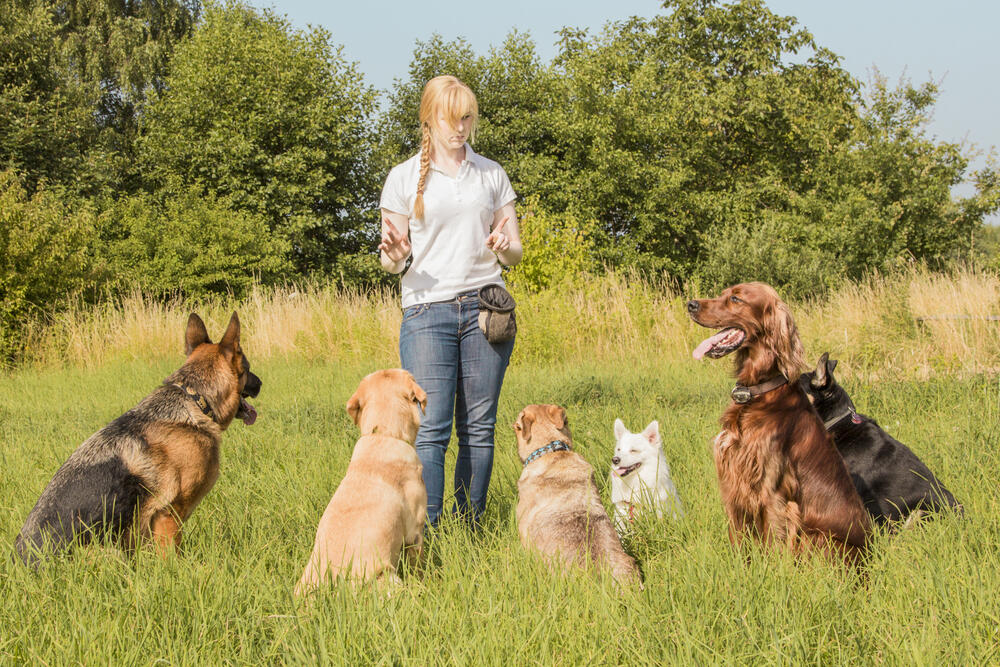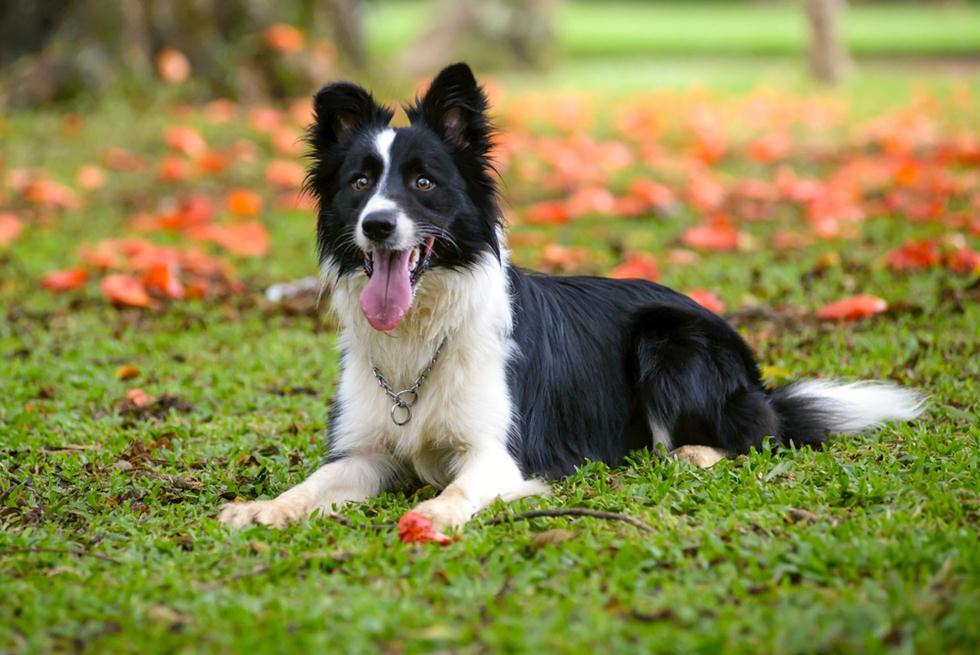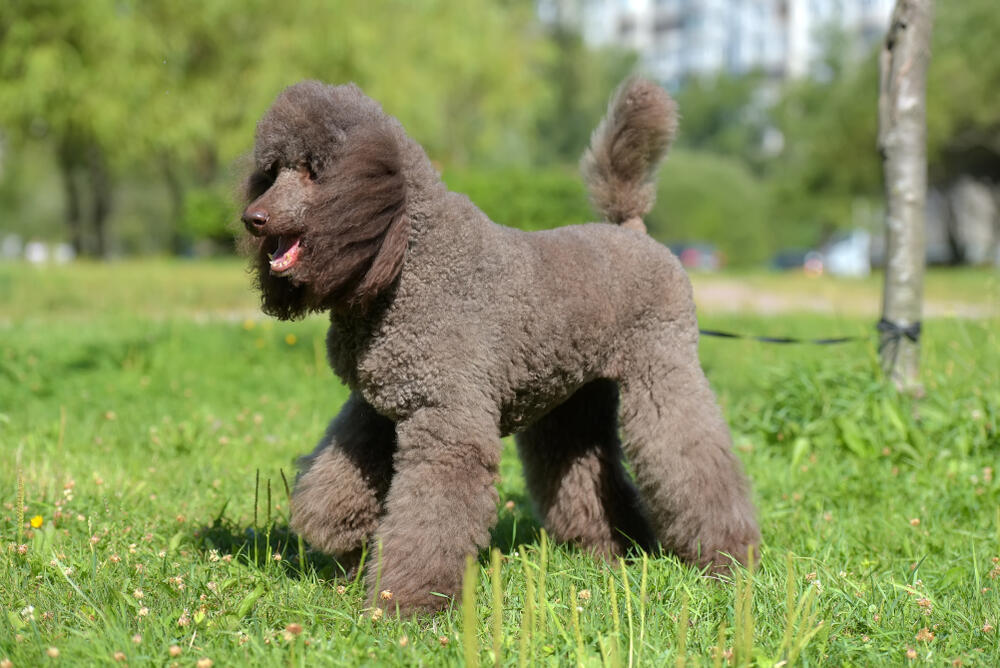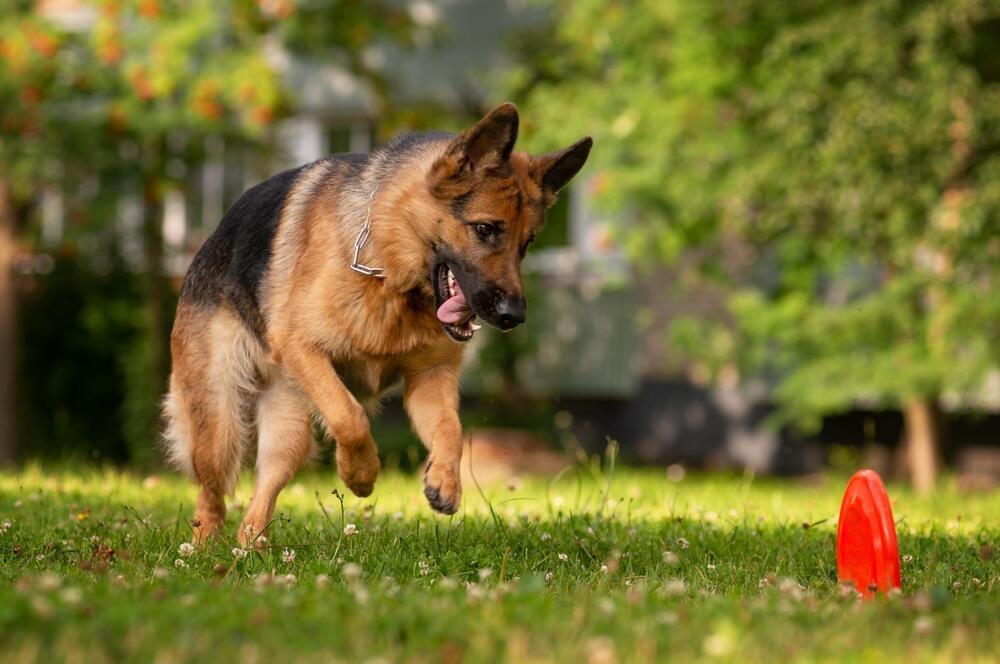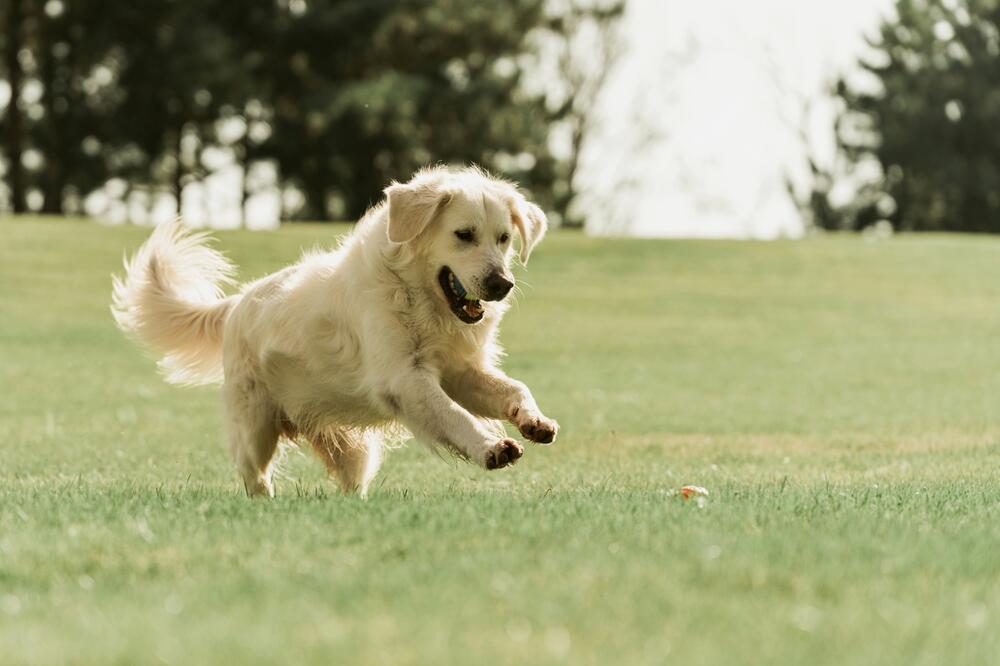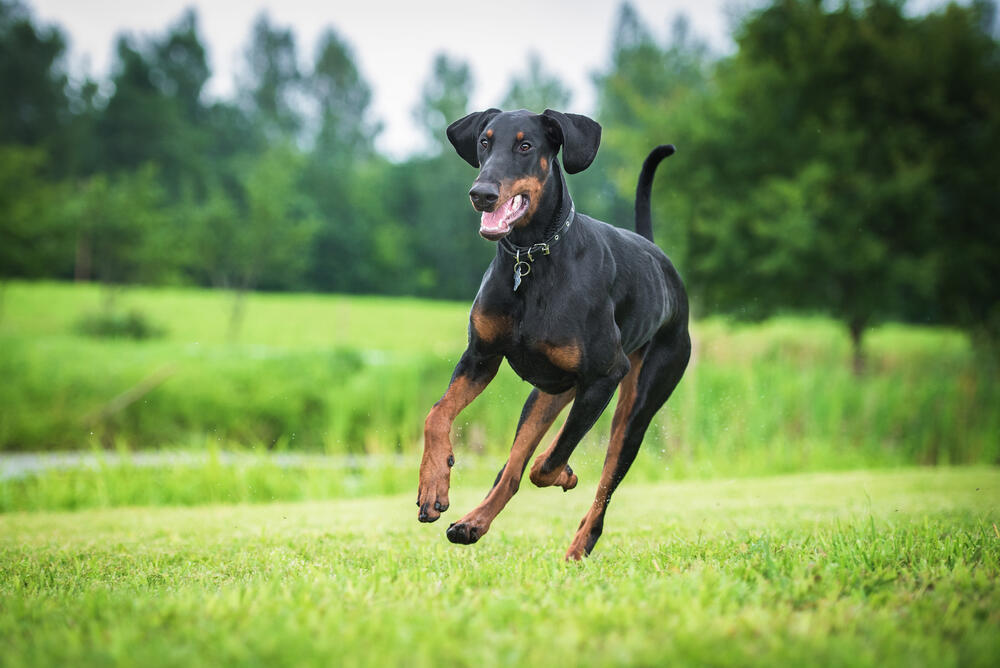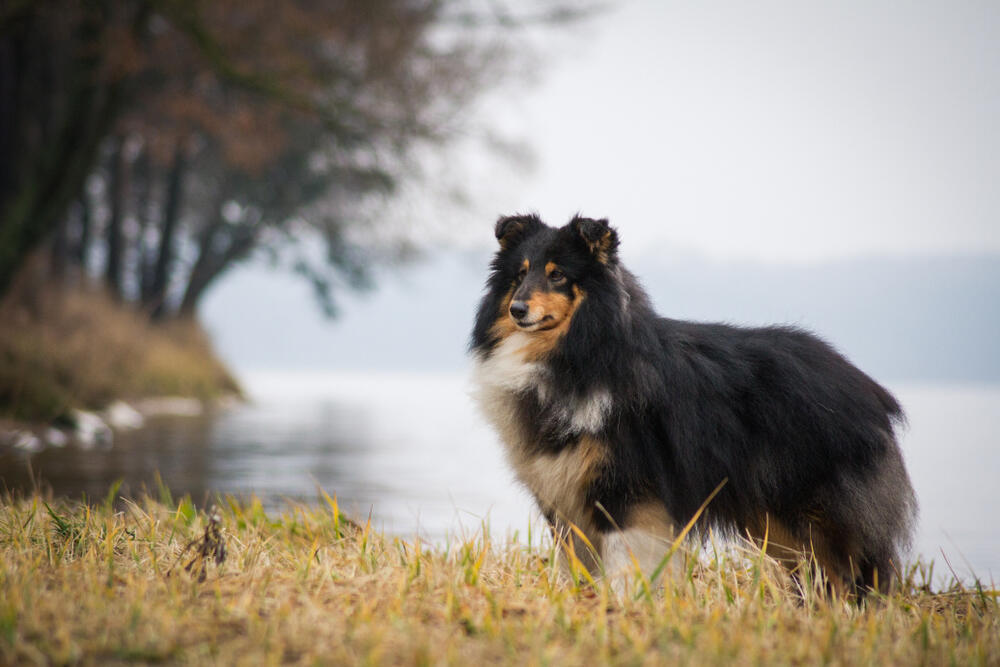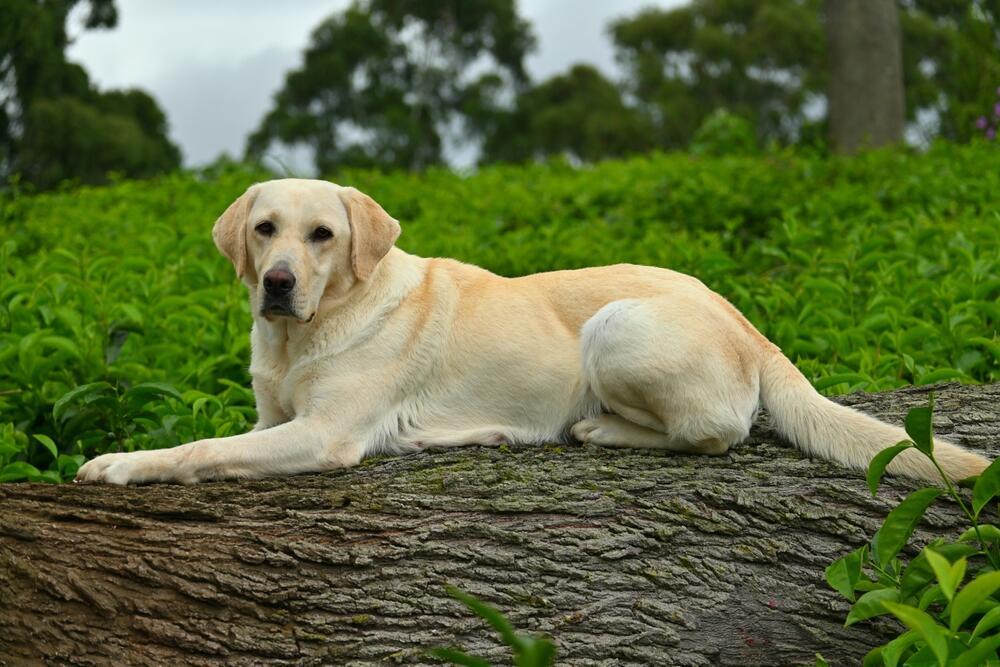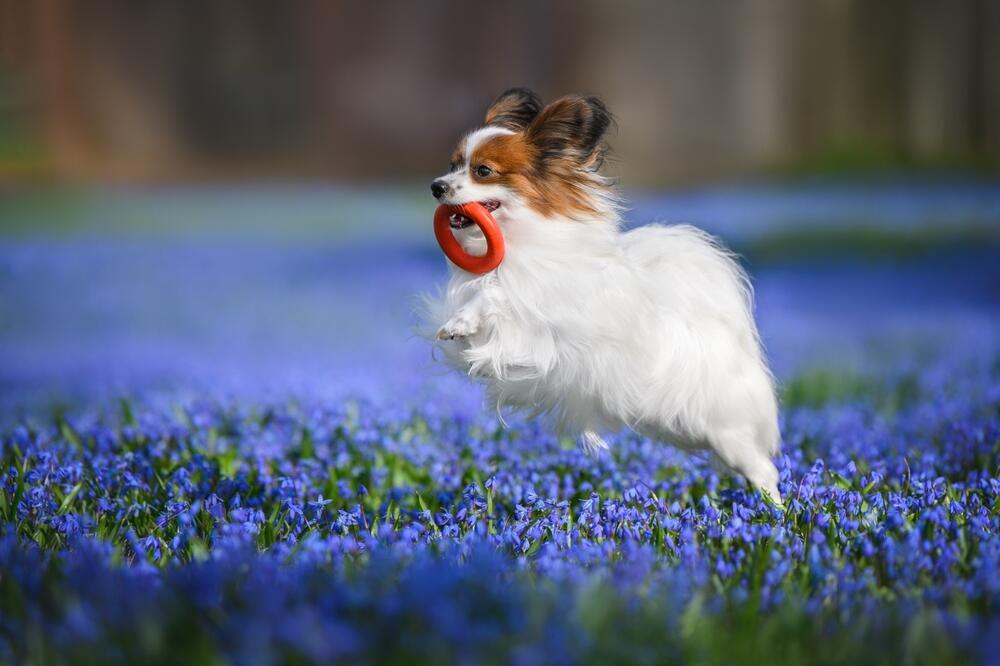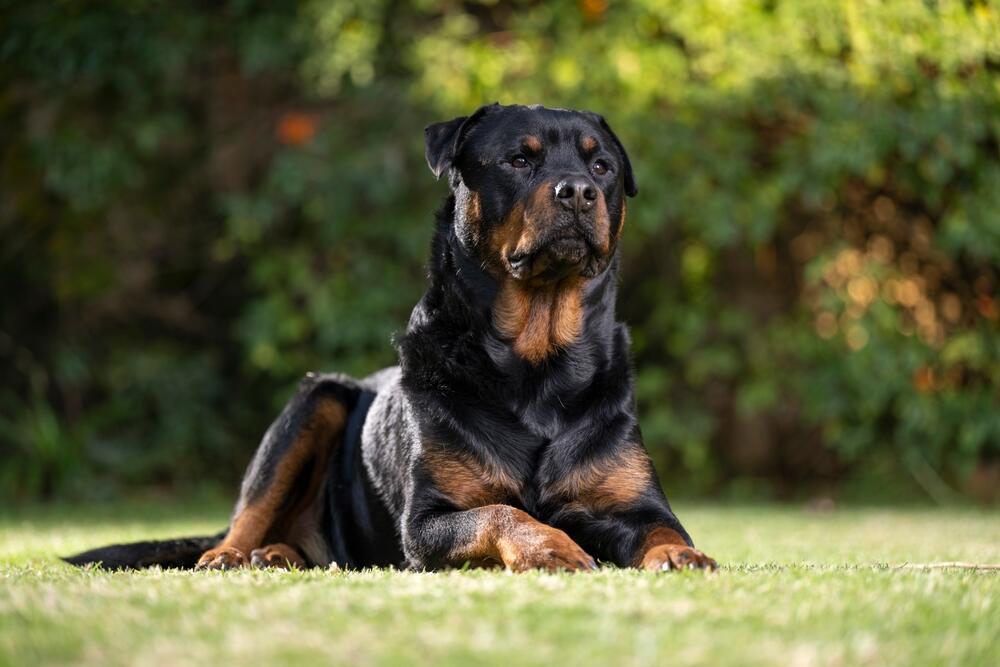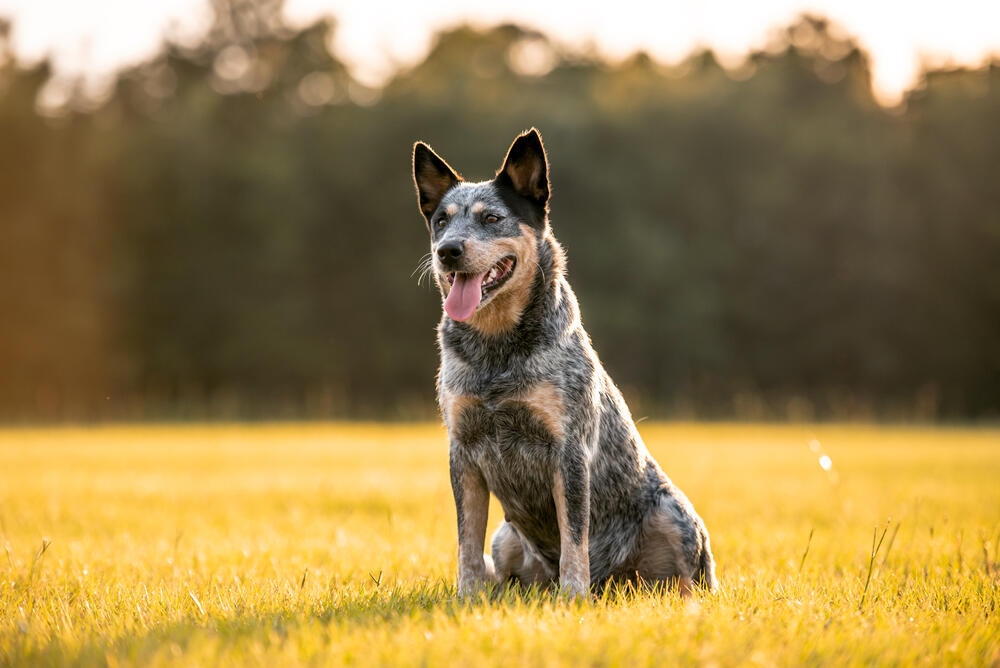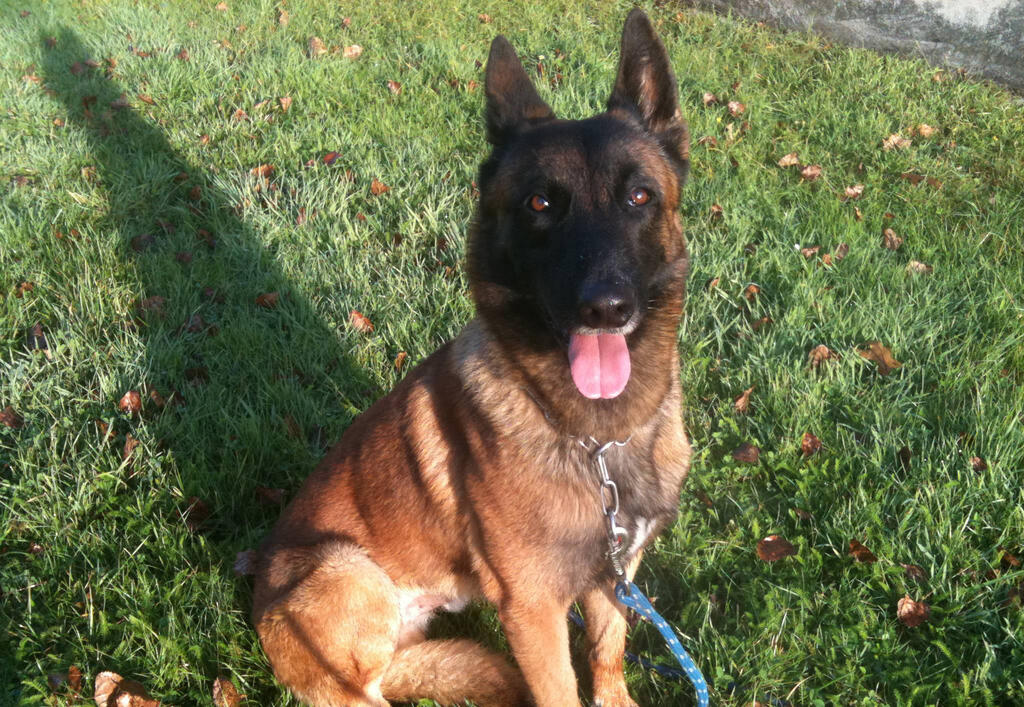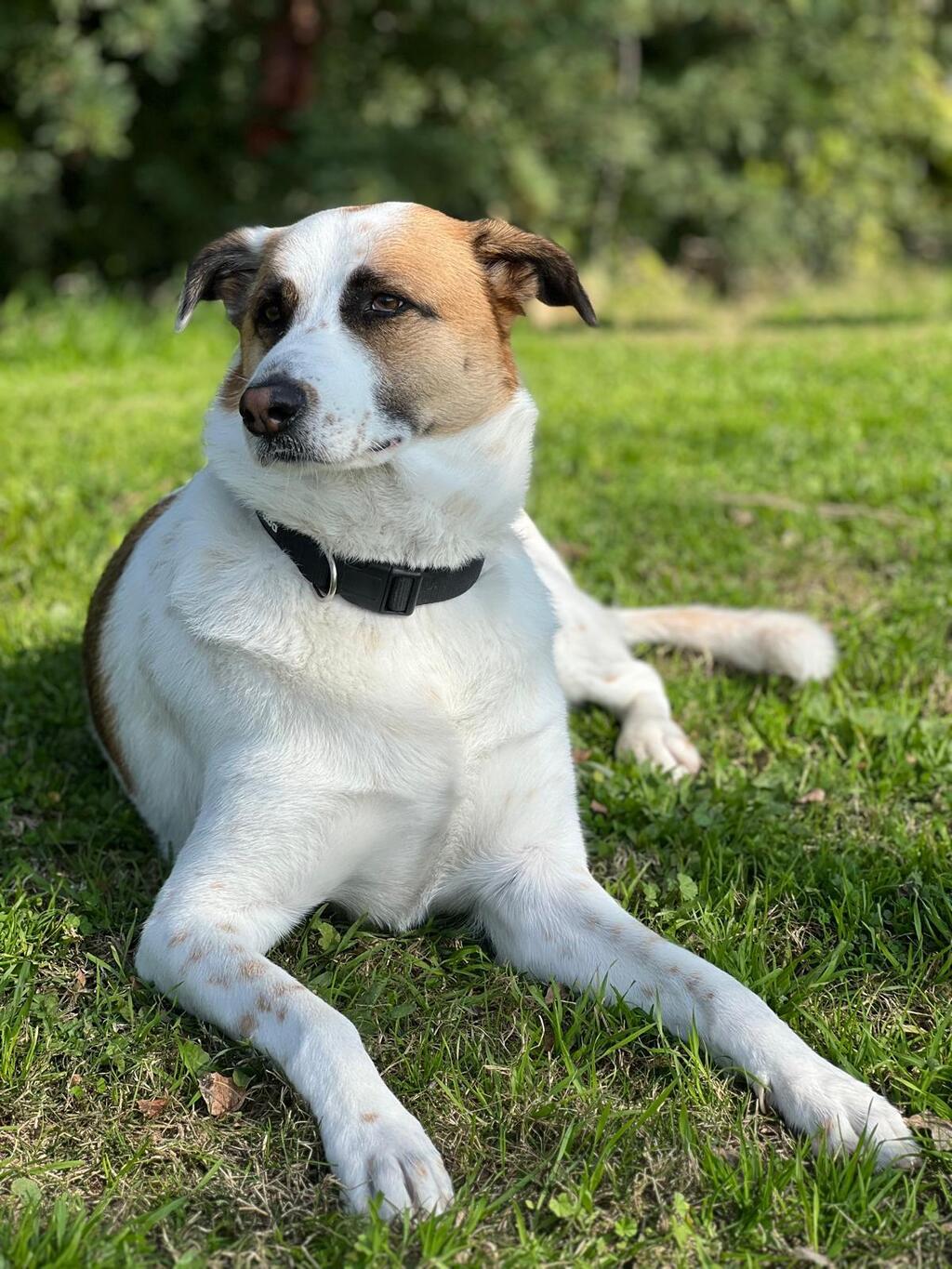Getting your Trinity Audio player ready...
Anyone who raises a dog often believes their dog is intelligent when it performs certain actions, such as greeting them when they come home, following commands, or responding appropriately to specific requests. While these are important and essential behaviors, they don’t necessarily define a dog as intelligent. In fact, there is a clear definition of what makes a dog smart and what does not. While human intelligence is measured by extensive knowledge and advanced cognitive abilities, with dogs, the concept is slightly different.
Dog intelligence can be assessed based on three types: instinctive, adaptive and obedient intelligence. Instinctive intelligence refers to innate abilities, meaning the set of traits a dog is born with according to its breed. For example, herding dogs like the border collie excel at herding instincts, while retrievers excel at fetching objects.
Adaptive intelligence pertains to a dog’s ability to learn from personal experience and solve problems. This includes the ability to understand new situations and adapt to them. Obedient intelligence relates to a dog’s ability to understand and execute commands given by humans, including learning new commands and remembering them. Beyond these categories, other factors contribute to a dog’s intelligence, such as how quickly it learns new commands, its ability to solve problems and challenges it encounters, and its ability to understand human emotions and respond appropriately.
Dr. Stanley Coren, a neuropsychologist from the University of British Columbia in Canada and a dog trainer, authored the bestseller "The Intelligence of Dogs," which became a benchmark for assessing and ranking the smartest dog breeds. In this 1994 book, Dr. Coren demonstrated how a dog’s intellectual abilities are shaped by its genetic traits and evolutionary forces.
Coren conducted a comprehensive review and ranked dog breeds based on their intelligence—from the most brilliant to the more limited breeds. While there are significant differences in intelligence levels among breeds, there is also considerable variation within each breed, as a dog’s personality plays an important role.
Get the Ynetnews app on your smartphone: Google Play: https://bit.ly/4eJ37pE | Apple App Store: https://bit.ly/3ZL7iNv
“We tend to break down dog intelligence based on our perception of them as companions,” explains Dr. Chilik Marom of the Israeli Association of Veterinarians for Companion Animals. “Each dog and breed has relative strengths in one or more of the intelligence types we’ve defined — emotional, problem-solving, herding/guarding, quick learning or verbal understanding. The rankings reflect our human perception of the importance of certain strengths over others. For example, emotionally intelligent dogs might come from breeds like the Cavalier King Charles Spaniel or Shih Tzu, which excel in emotional intelligence but less so in other areas.”
Marom adds: “Every dog, regardless of breed, has cognitive potential that can be maximized with proper training and exposure from a young age. The most important thing is understanding that the more we challenge, expose, and train our dogs in various situations, the more we enhance their learning curve and, most importantly, strengthen the bond between us and them.” Based on Coren’s ranking, which remains widely accepted today, and Marom’s insights, here are the 10 smartest dog breeds.
The smartest dog breeds
1. Border collie
The border collie, an energetic and lively dog originating from Scotland, was bred for herding sheep. In a 1998 survey conducted in England, it was voted the breed with the highest working intelligence among all dog breeds. Its intelligence is evident in its ability to understand commands after only a few repetitions and its capacity to remember a large number of words. This breed is extremely energetic, requiring significant physical and mental activity, making it unsuitable for everyone.
2. Poodle
While the border collie is highly active, the poodle is considered calm and quiet at home but active and lively outdoors. Originating in Germany, the poodle is a social dog that gets along well with both people and other dogs. Larger poodles are known as good guard and hunting dogs, and their name “poodle” derives from the German word for “splashing in water.” Their keen sense of smell is often used for truffle hunting. Like the border collie, poodles require a high level of physical activity and mental stimulation.
3. German shepherd
One of the most intelligent and popular breeds, the German shepherd was developed in the late 19th century by crossbreeding various European herding dogs. Its exceptional intelligence, trainability and versatility make it one of the smartest breeds. German shepherds are widely used in police forces, militaries, and security companies due to their obedience and learning capabilities. They also serve as herding dogs, guide dogs, guard dogs and detection dogs for identifying illegal substances.
4. Golden retriever
The golden retriever, originating in Scotland, is known for its friendly and easygoing nature, making it a popular family pet and one of the most common breeds in Israel. Initially bred as hunting dogs, Golden retrievers are now beloved companions and are frequently used as guide dogs for the visually impaired and people with disabilities. Their intelligence is evident in their ability to learn and retain commands.
5. Doberman pinscher
The doberman, originating in Germany, is a stable, loyal, determined and perceptive breed. It is often used as a working dog for guarding buildings and assisting security forces. Known for its high intelligence and strong instincts, the doberman requires ample space and physical activity to expend its energy.
6. Shetland sheepdog
The Shetland sheepdog, from the Shetland Islands north of Scotland, was originally bred to keep sheep away from crops on small farms. This intelligent breed excels at learning complex commands and problem-solving. It is a suitable family pet, especially for active families that enjoy outdoor activities.
7. Labrador retriever
The Labrador, originating from Newfoundland, Canada, is a friendly and calm dog that loves swimming and playing. It is widely used as a guide dog and by police forces worldwide for sniffing out explosives and other substances. Labradors are loyal and eager to please their owners, making them highly trainable.
8. Papillon
The Papillon, a small companion dog originating in France and Belgium, is surprisingly intelligent despite its size. It learns tricks quickly, is loyal to its owners, and enjoys playful activities. Known for its sensitivity, the Papillon can sense its owner’s mood and adapt accordingly.
9. Rottweiler
The Rottweiler, originally used as a herding dog in Roman times, is strong, loyal, and highly trainable. Despite its reputation for being intimidating, the Rottweiler is intelligent and eager to please its owner, making it an excellent guard dog when properly trained.
10. Australian cattle dog
Developed in Australia to herd cattle over long distances, the Australian cattle dog is an athletic and intelligent breed. It requires challenges and tasks to maintain both its physical fitness and mental balance. This breed excels in reading people and responding appropriately.
What About the Belgian Malinois?
Bizarrely not included in the top 10, it is egregiously unfair not to mention the Belgian Malinois, a breed renowned for its extreme trainability and versatility. Frequently used in Special Forces units worldwide, including military and police forces, this breed thrives in high-pressure situations.
Known for its agility, intelligence and loyalty, the Belgian Malinois excels in tasks such as search and rescue, detection work, and protection. Its unmatched focus, energy, and dedication make it a favorite among handlers, and its role in elite units highlights its extraordinary capabilities. The Belgian Malinois is a shining example of canine intelligence and work ethic, deserving recognition for its contributions across the globe.
What about mixed-breeds? Intelligence built on life experiences
In addition to purebred dogs, there are the mixed-breed dogs, often waiting at shelters for someone to adopt them. These dogs inherit traits from the breeds of their parents and develop unique qualities of their own — and many of them are quite intelligent.
Dr. Sharon Maoz-Navon, a veterinarian and director of the "Tnu Lahayot Lihyot" shelter ("Let Animals Live"), explains: “Mixed-breed dogs, especially those adopted from shelters, possess intelligence that is shaped by life experiences and diverse personality traits. These factors provide them with a broader base for learning, curiosity, and better communication skills. They are adaptable dogs with a heightened sense of survival and orientation, far exceeding that of dogs selectively bred to enhance specific traits.”
According to her: “At our shelter, we see dogs that are excellent at communicating with other dogs, teaching them how to function within a pack and interact with humans. As with any dog, intelligence is linked to training and education, which require patience, persistence and the establishment of strong communication with the dog. Mixed-breed dogs, especially those adopted, crave attention and training, and in return, the emotional and general intelligence they demonstrate far surpasses that of purebred dogs.”
First published: 02:22, 02.19.25


